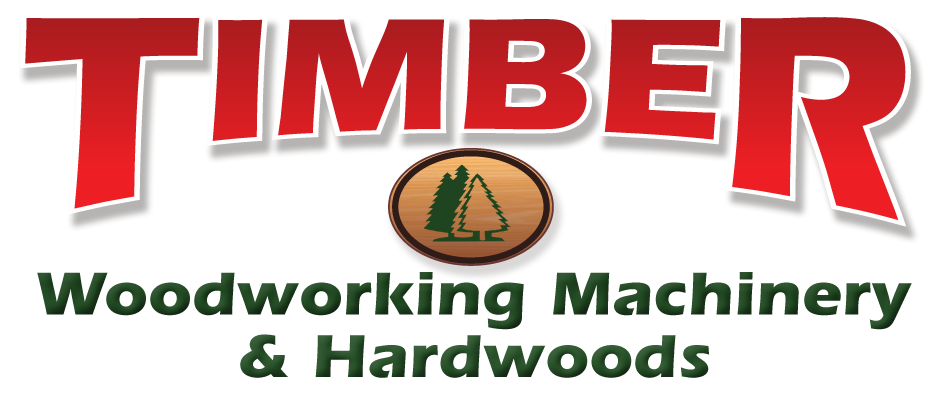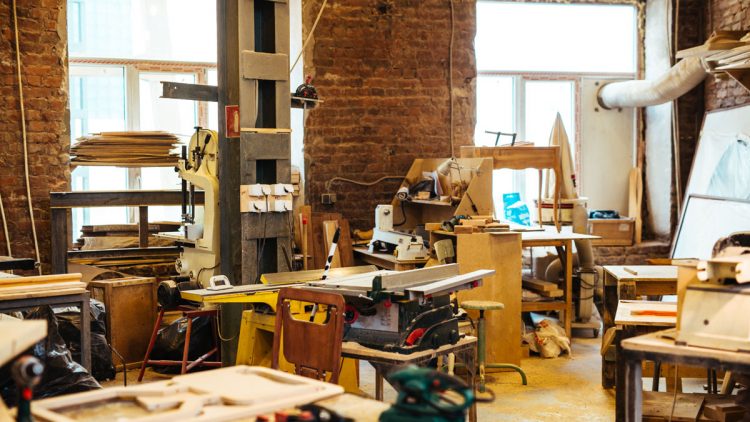What is A Jointer?
When going to a woodshop, you might see a jointer and are wondering what it is. Jointer is a robust woodworking device used to square and flatten faces, edges on the cupped, bowed, twisted, and crooked boards. Additionally, a jointer, that rests on the ground can produce rabbets for “jointing” two boards.
What are Woodworking Jointers?
A jointer is a productive device that can swiftly produce flat surfaces and level, true edging in woodworking undertakings. It typically comes in sizes from 6 inches to 18 inches, with the most typical sizes being 6, 8, 10, 12, 16 inches, respectively.
There are in general, two kinds of jointer: a jointer with stand (rests on the ground) and a benchtop jointer (rests on the workbench).
- A jointer with stand is large, heavy, and built to rest on the floor. It is perfect for big woodshops and is available for processing large wood undertakings. It can produce flat, straight surfaces and smooth edges with high precision. However, they are costly and challenging to move.
- Benchtop jointers are smaller than a jointer with stand and designed to rest on a workbench. It is appropriate for smaller woodshops and is powerful for processing most DIY woodworking projects. It is budget-friendly and mobile.
The typical sizes of benchtop jointers are commonly 6 and 8 inches, and uncommonly 10 and 12 inches. By comparison a jointer with stand covers just about every size within the range. Furthermore, it’s worth remembering that the jointer with stand is able to cut rabbets; however, the benchtop jointer cannot.
How Does a Jointer Work?
You now know what jointers are and their powerful functionality, now this post will explain how it does that. This execution is because of its cutterhead, its infeed table, and its outfeed table. They work in conjunction, allowing the jointer to produce a flat and smooth board.
As the piece of wood gets fed into the motorized, high-speed spinning cutterhead, it systematically cuts its face. Then the wood gets fed from the outfeed table having a flat surface. In a lot of cases, you might be required to take several passes on the jointer; however, with each pass, the side of the board is going to become flatter and flatter.
You can manage how deep the blade cuts into the wood by fine tuning the height difference between the infeed and outfeed tables. Nevertheless, one vital thing is that the blades at the top middle on the cutter head are completely flush with the jointer’s outfeed table.
This makes you use it with miniscule effort and more efficiency than manually using a jointer. A jointer is typically used to manage large pieces of wood, like wood flooring. It has the benefit of being easy, quick, and efficient to operate, making it perfect for projects that require a lot of wood processing. Nevertheless, you are required to pay attention to safety when using them to avoid accidental hand injuries or wood kick-back.
Safety Tips for Using a Jointer
As aforementioned, throughout the operation, the most crucial thing is to take heed to safety. The following are some rules you should adhere to to decrease the risk of injury from the jointer and wood kick-back.
· Fine Tune the Appropriate Cutting Depth.
Taking small nips is an important aspect to keep safe and get a good outcome. Cut no more than 1/16” at a time. 1/32” is most likely best. If the cut is deeper than that, the workpiece is challenging to pass through the cutter head. meaning a greater potential of kickback and tear-out, let alone the unreasonable strain on the motor.
· Consistently Use the Blade Guard and Push Blocks.
The guard hinders excessive exposure of the cutter head. You can take it off only when utilizing a jointer for rabbeting or jointing workpieces wider than the cutterhead’s capacity. The push blocks are going to keep your hands as far away from the blade as it can.
· Prior To Jointing, Examine the Workpiece for Nails and Knots.
And apply balanced pressure to the woods surface to stop its end from denting.
· Do Not Joint Wood That Is Very Short or Very Thin.
Usually, the minimal length of the jointing wood is a little under a foot, and the minimal thickness is less than an inch. Therefore, when the wood is shorter or thinner going through the jointer, it can undoubtedly cause the wood to break or bounce, and you are going to get hurt.
· Joint The Wood Going with Its Grain.
When you wish to joint the wood or joint against its grain, you are going to be required to slow the feeding speed down.
Woodworking Supplies Mesa by Timber Woodworking
Timber Woodworking offers hardwoods in Mesa, Arizona. We specialize in woodworking tools, equipment, and supplies for commercial woodworking cabinet shops or furniture manufacturers as well as the home shop hobbyist. Contact us today, or call if you should have any questions.

